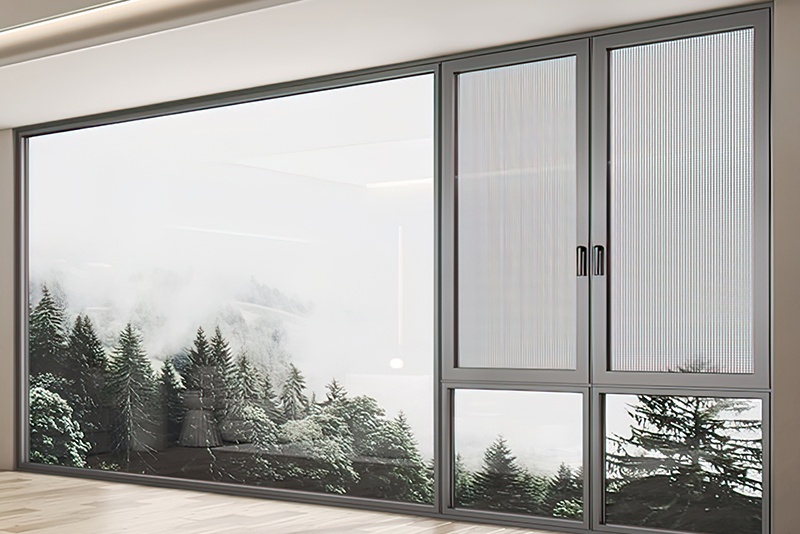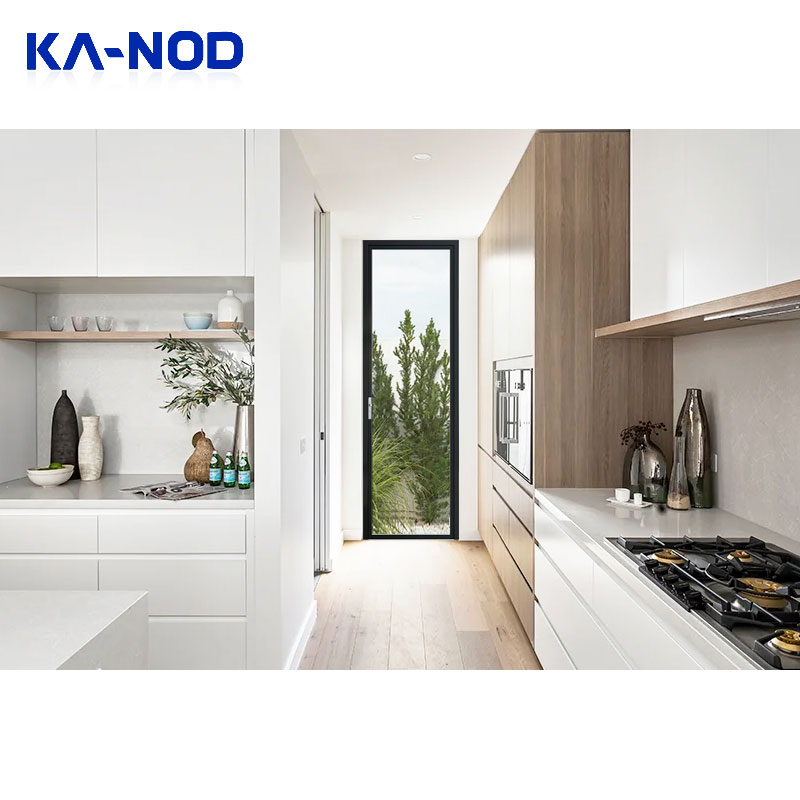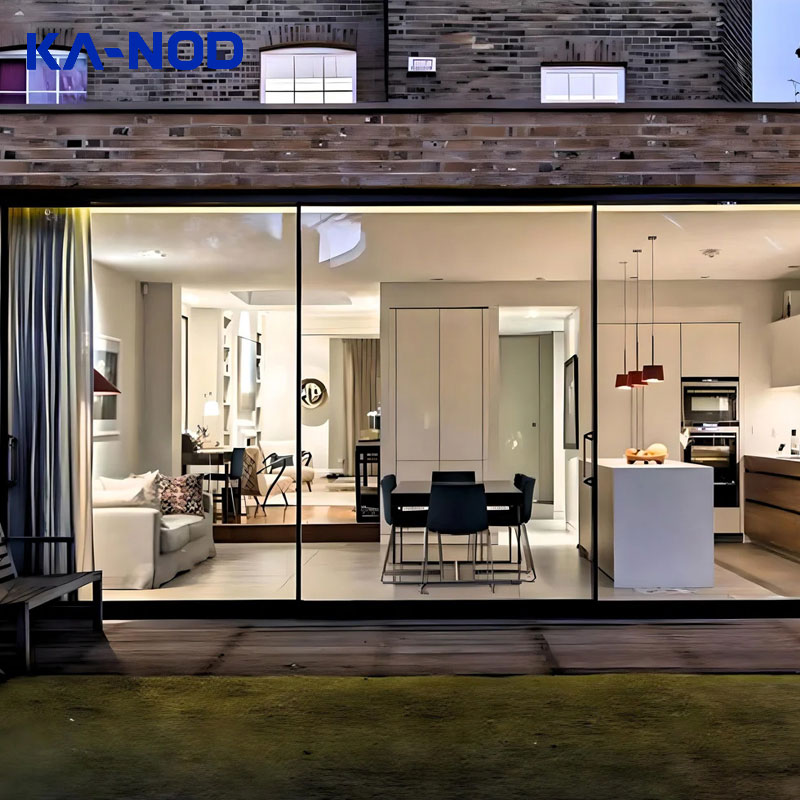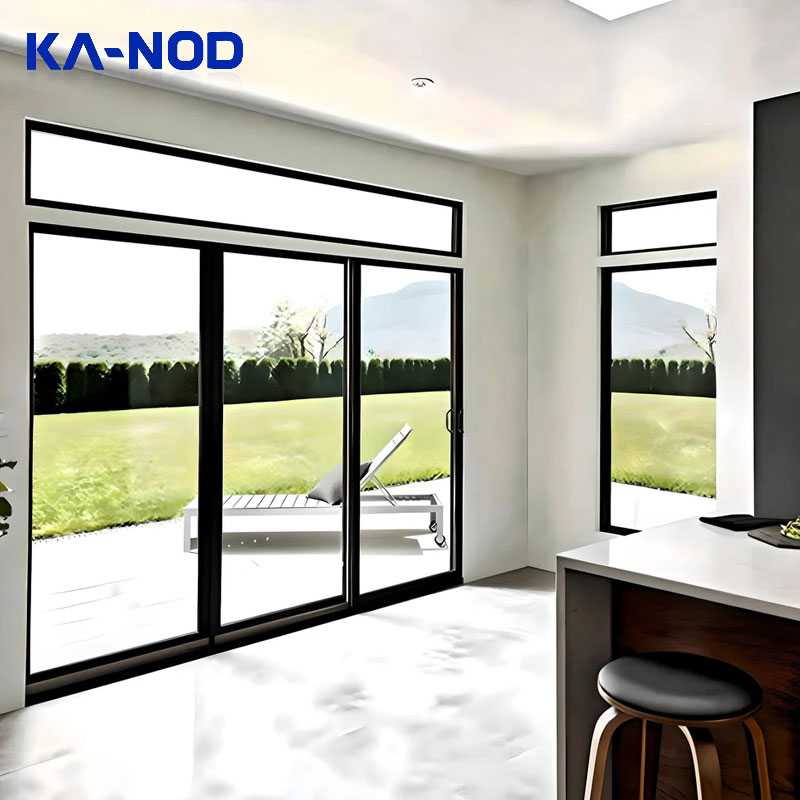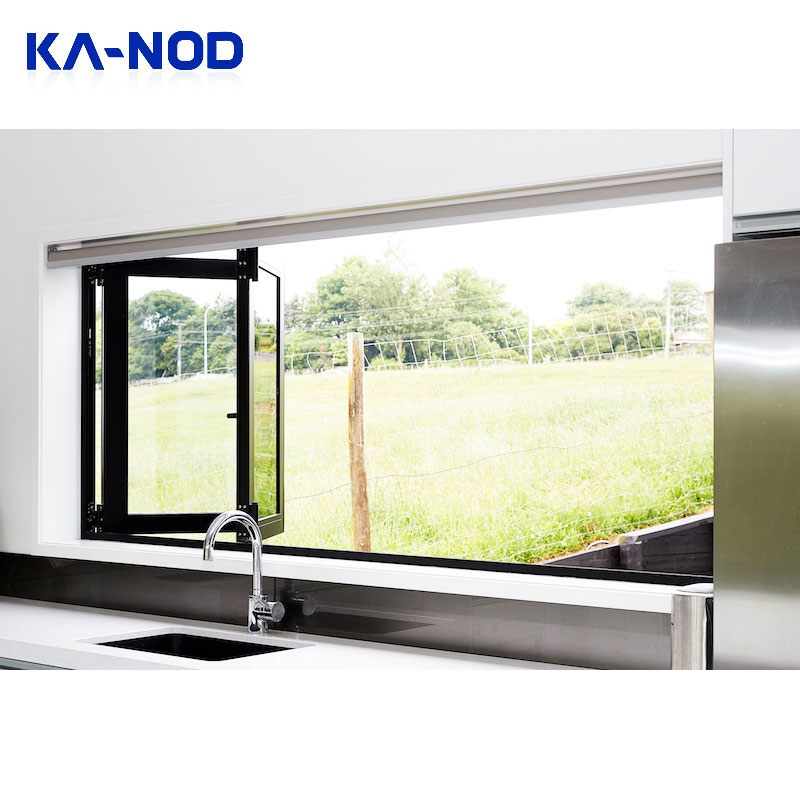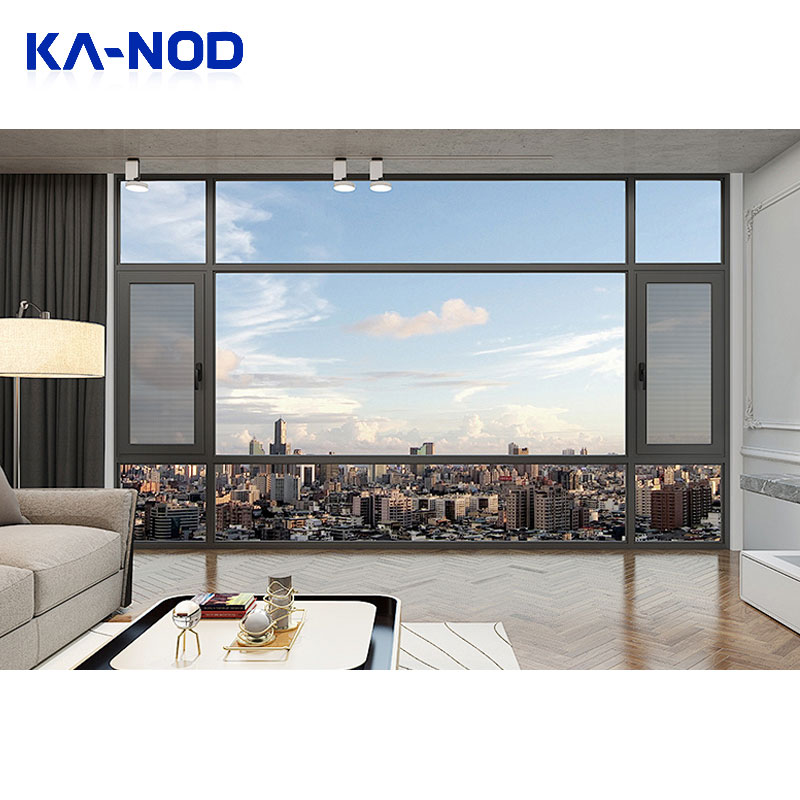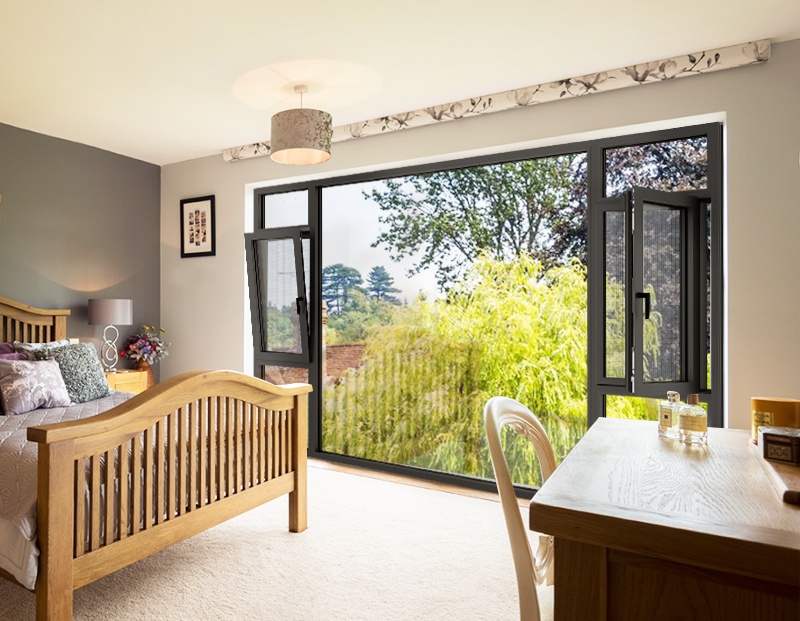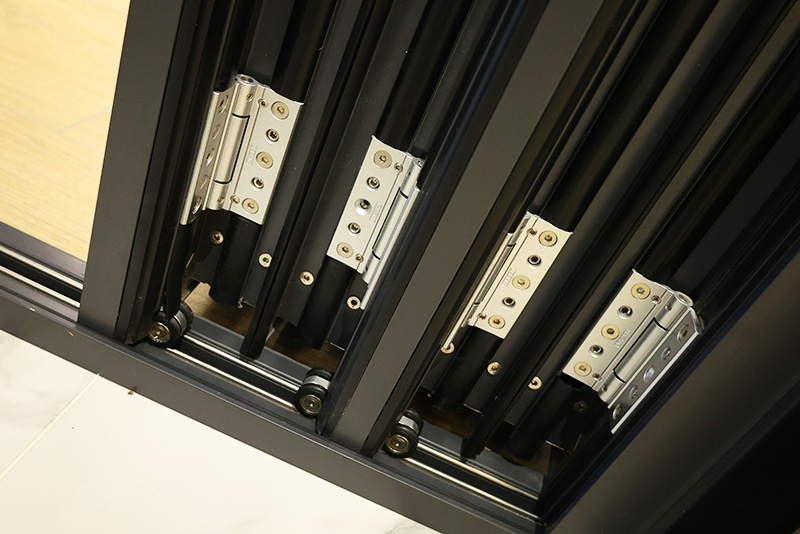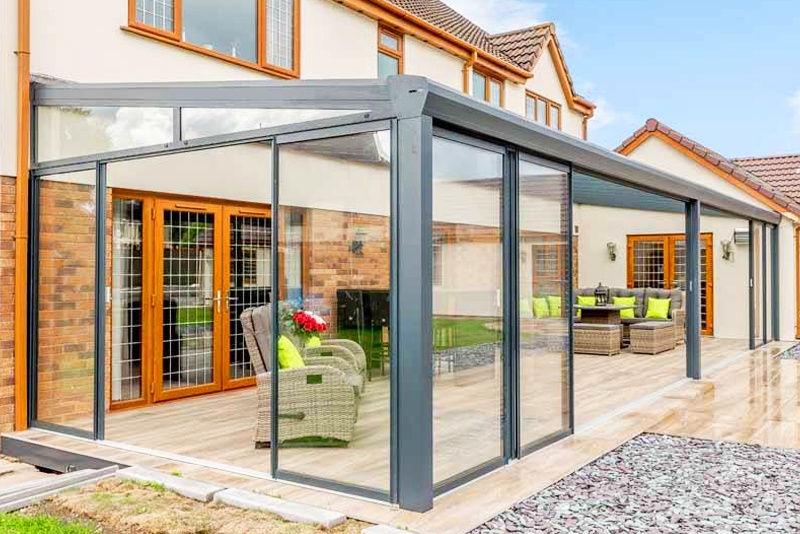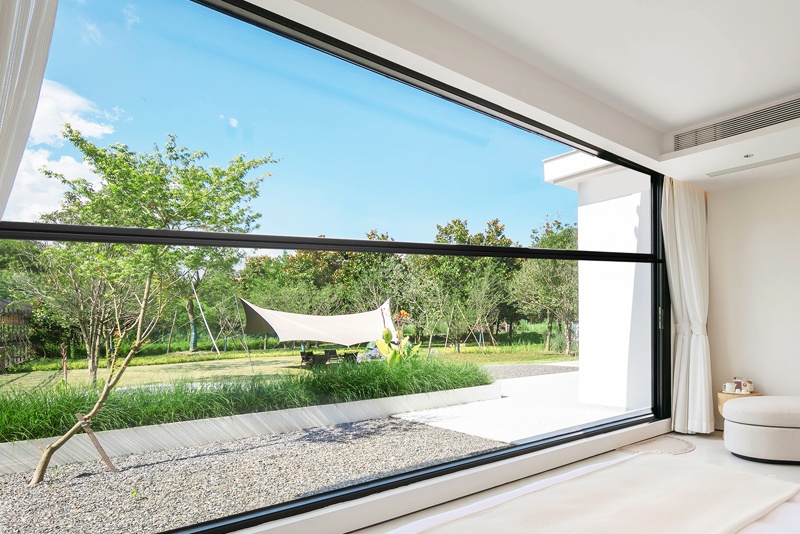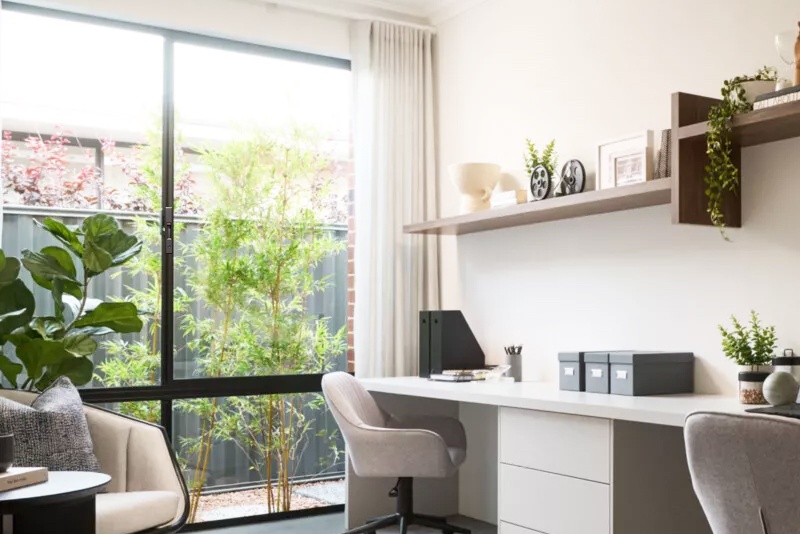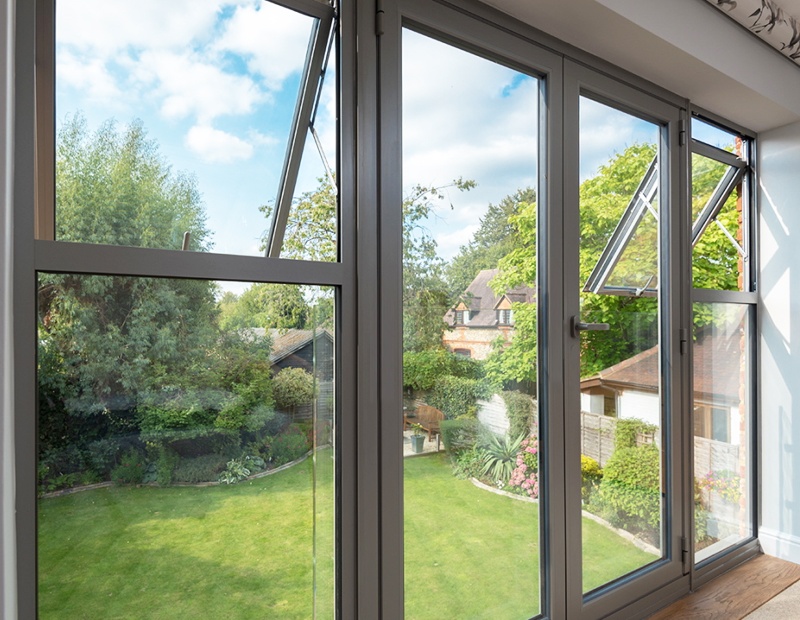How to Choose Suitable Door and Window Products for Your Living Room?
Your living room is the vibrant heart of your home, requiring door and window products that expertly balance abundant natural light, intelligent ventilation, climate control, and striking style. Your selections—whether picture windows for unobstructed views, versatile folding doors to the outdoors, or easy-to-operate, energy-efficient sliding windows—directly shape this space’s comfort, energy efficiency, and aesthetic harmony. These decisions profoundly impact daily life, from basking in sunlight to managing heating costs. This guide demystifies the selection process, empowering you to confidently create a brighter, more beautiful, and functional living space. Understanding Your Living Room’s Functional Needs Your living room is a multi-functional hub. It demands adaptable solutions. Start by defining its primary purpose. Do you host large gatherings frequently? Is it a cozy home theater? Or a sun-drenched quiet retreat? Each use case influences your ideal door and window choices. Prioritize Natural Light & Views Large picture windows excel here. They frame outdoor scenery beautifully. They flood your space with sunlight. This reduces daytime reliance on electric lighting. Install them facing gardens or desirable views. Avoid harsh direct western sun exposure where possible. Consider low-emissivity (low-e) glass coatings. These minimize UV damage and heat gain. Ensure Ventilation & Comfort Proper airflow prevents......



